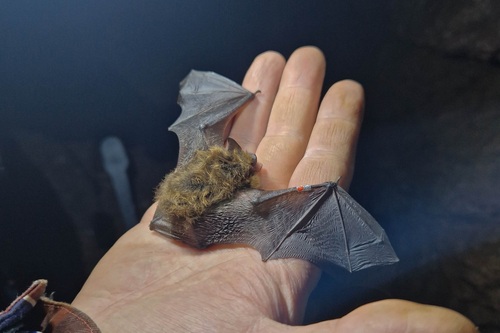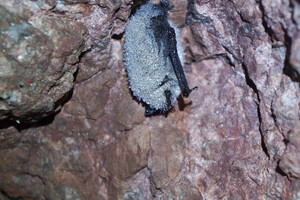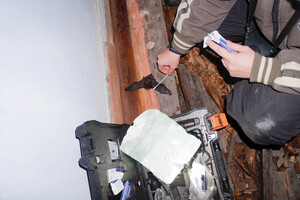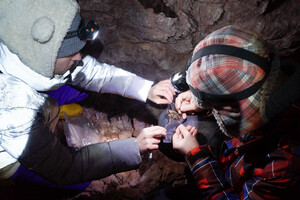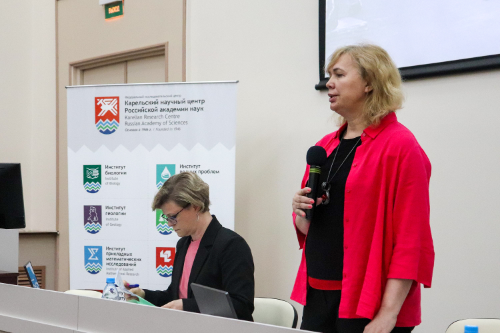Biologists hypothesize that Eurasian bats are less susceptible because the co-evolution of the host and parasite organisms on the continent has been longer. The concerted efforts of scientific teams from different countries have enabled covering a wide geographic range of bats from Spain to Japan. Employees of the Institute of Biology of the Karelian Research Center RAS, who have been studying this group of organisms for many years, also contributed to the work. The samples that have been collected helped identify the genetic mechanisms of bat resistance.
The results were published in the international journal BMC Genomics.
As described by Evgeny Khizhkin, Senior Researcher at the Laboratory of Animal Ecological Physiology, Institute of Biology KarRC RAS, the white-nose syndrome appears externally as whitish growth on the animal's muzzle, forearms and wings.
– Bats are susceptible to the fungus during hibernation, when body cooling and the animal's weakened immunity let the fungal hyphae develop rapidly on the skin. Because of severe itching, the animal often awakens during hibernation. These awakenings involve large energy costs because the bat needs to warm up thoroughly in order to wake up. Thus, the organism runs short of the necessary fat reserves by the end of hibernation and the animal dies, — the scientist explained.
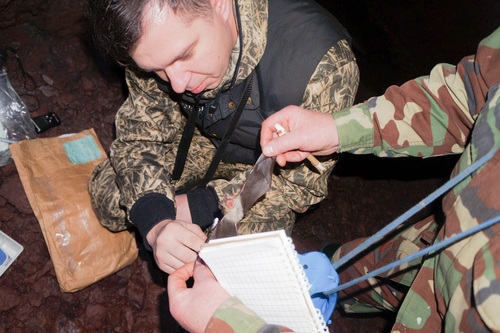
Over 80 bat wing swabs were collected during the study in Karelia. Photo showing Evgeny Khizhkin, Senior Researcher at the Laboratory of Animal Ecological Physiology, Institute of Biology KarRC RAS.
Bats in northern regions rarely show signs of this disease. During surveys in Karelia, over 80 wing swabs were collected from local bat species and delivered for genetic analysis.
— We saw no exterior signs of the infection. Genetic studies showed only two bats were infected by the fungus, — said Evgeny Khizhkin.
The study revealed the genes that change during long-term coevolution in the host-parasite system. The initiators of the study, scientists from Finland, have processed more than 3,000 genes in total. Three genes were identified to activate the body's protective immune responses to the fungal infection.
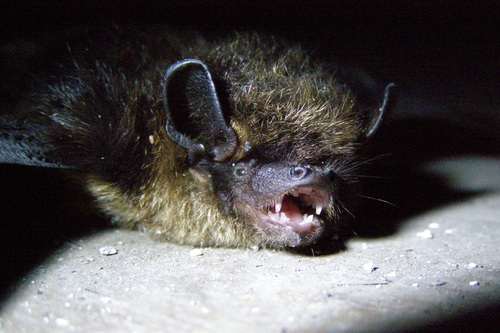
The Northern bat - the most numerous species hibernating in Karelia
Evgeny Khizhkin added that there are certain challenges in studying bats. The animals are hard to catch, as they fly at high speed and echolocation allows them to fly around obstacles in a fraction of a second. Winter hibernation studies are conducted in caves, where safety considerations are critical. Karelian scientists are currently studying the characteristics and patterns of hibernation in bats and are preparing an article on this subject. The most numerous species during hibernation in Karelia is the Northern bat - its share is almost 50%. A total of five bat species occur at hibernacula in the republic.




